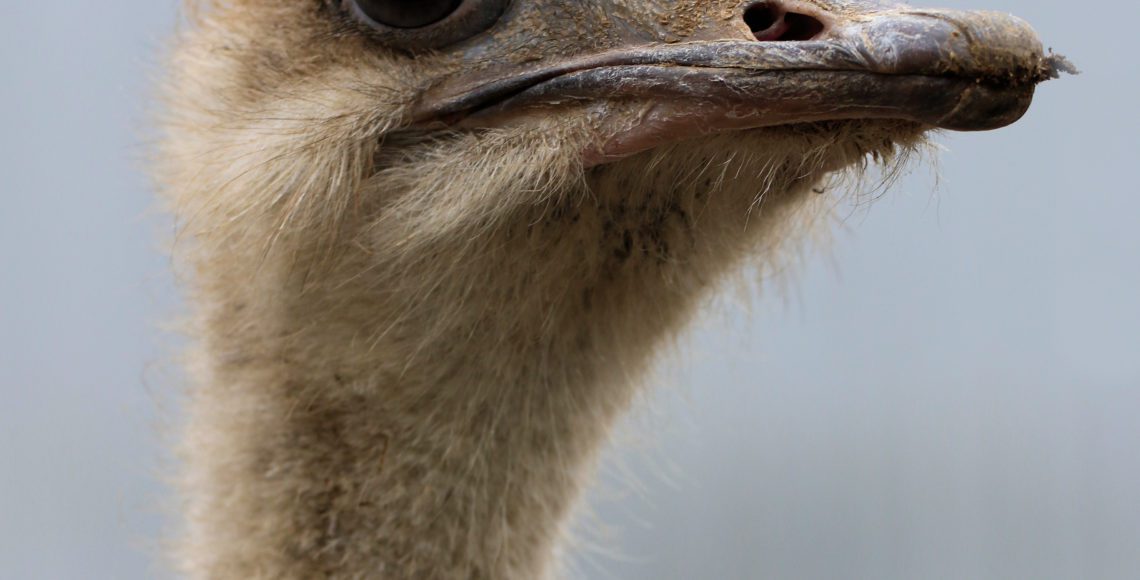

Greater flamingos ( Phoenicopterus ruber roseus) and lesser flamingos ( Phoeniconaias minor Young, 1967) When using predator detection as a proxy for vigilance, many other taxonomic groups are suitable for study as for instance reptiles, fish, insects, and spiders.Ĭapture paresia and other similar degenerative myopathies have been described in the following species: Here, vigilance behavior per se is ignored, but it is possible to measure how much attention an animal devotes toward antipredator behaviors. But, it is also common that researchers use the term ‘vigilance’ in studies where they measure animals’ ability to detect attacking predators. But, because many animals are small and not capable of moving their head as vividly as, for example ostriches, vigilance behavior per se has mostly been studied in relatively large animals such as in birds and mammals. Vigilance behavior has most often been studied in various foraging contexts, but one can also see animals display vigilance behavior during preening, traveling, sleeping, and resting. While the ostrich hides its head in the vegetation, it is very unlikely to detect a skulking lion. This illustrates the point that vigilance behavior is displayed in animals exhibiting behaviors that result in temporal constraints of the ability to detect predators. Adult ostriches are known to be subject occasionally to predation by lions ( Panthera leo). In particular, its ability to detect visually an approaching predator must be minute. When they do so, the head is invisible to the observer, and correspondingly, the ostrich’s ability to observe anything in its environment must be exceedingly small. However, they may bury the head deep in the grass and other low vegetation on which they are feeding. Ostriches do not bury their heads in the sand. Both males and females will grow horns.To illustrate which animals display vigilance behavior, I think it is suitable to cite the introduction in Bertram’s 1980 article on ostrich ( Struthio camelus) vigilance. Males will mark their territory with dung and participate in challenge rituals with neighboring males. They graze during the day on grasses in small groups of about 10. Their current conservation status includes the closely related blesbok of which 250,000 exist. The bontebok was nearly extinct in the wild but the creation of Bontebok National Park and breeding on game farms led to the current population of over 2,000 existing throughout southern Africa. Calves are born after a 9 month gestation period and hide after they are born for protection. There may be more than one male but only the dominant male will have access to females for breeding. They are some of the slowest antelope, running only 25 miles per hour.

They are very adaptable animals with the ability to live in all environments except deserts, forests, and swamps. They will put their necks close to the ground to try and hide from predators, from a distance it appears that their head is in the sand.Įland are one of the largest hooved animals in the world. It is a myth that ostriches head their heads in the sand. Ostriches have great eyesight and will often alert other animals of predators in the area. A single ostrich egg is equivalent to 24 chicken eggs! Ostriches can often be found around other grazing animals like antelope and zebras. All the females of the group will place their eggs in the nest of the dominant female. Ostriches will live in groups of about 12 birds. The ostrich will often use their wings as rudders to help change direction quickly while running. They can run about 40 miles an hour covering 10-16 feet with a single stride. The ostrich is the largest flightless bird in the world. Africa field is home to several species including Ostrich, Eland, Bontebok, and other antelope species.



 0 kommentar(er)
0 kommentar(er)
